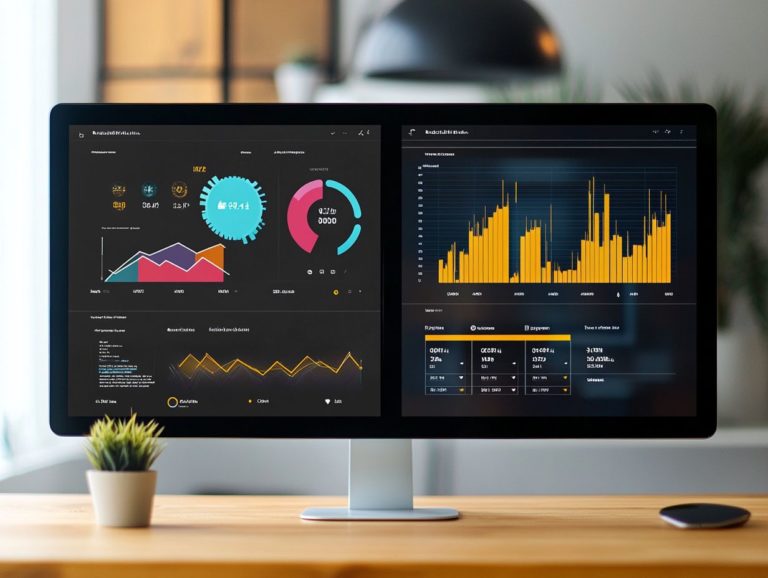The Science Behind Color Psychology in Marketing
Color transcends mere visual appeal; it is a powerful force in shaping perceptions and influencing behaviors.
Join us as we dive into the exciting world of color psychology! You will uncover how various colors evoke emotions, sway consumer choices, and differ across cultural landscapes.
We will examine effective strategies for incorporating color into your brand identity and marketing campaigns, dispel prevalent myths, and highlight emerging trends in this dynamic realm.
Embrace this colorful journey and elevate your understanding of color s role in your marketing efforts.
Contents
- Key Takeaways:
- Understanding Color Psychology
- How Colors Affect Consumer Behavior
- Using Color Psychology in Marketing Strategies
- Common Misconceptions About Color Psychology
- Future Trends in Color Psychology and Marketing
- Frequently Asked Questions
- How does color psychology shape marketing strategies?
- How does color psychology affect marketing strategies?
- What are some common associations with colors in marketing?
- How can colors be used to target a specific audience?
- Is there a universal meaning to colors?
- Are there any rules for using colors in marketing?
Key Takeaways:
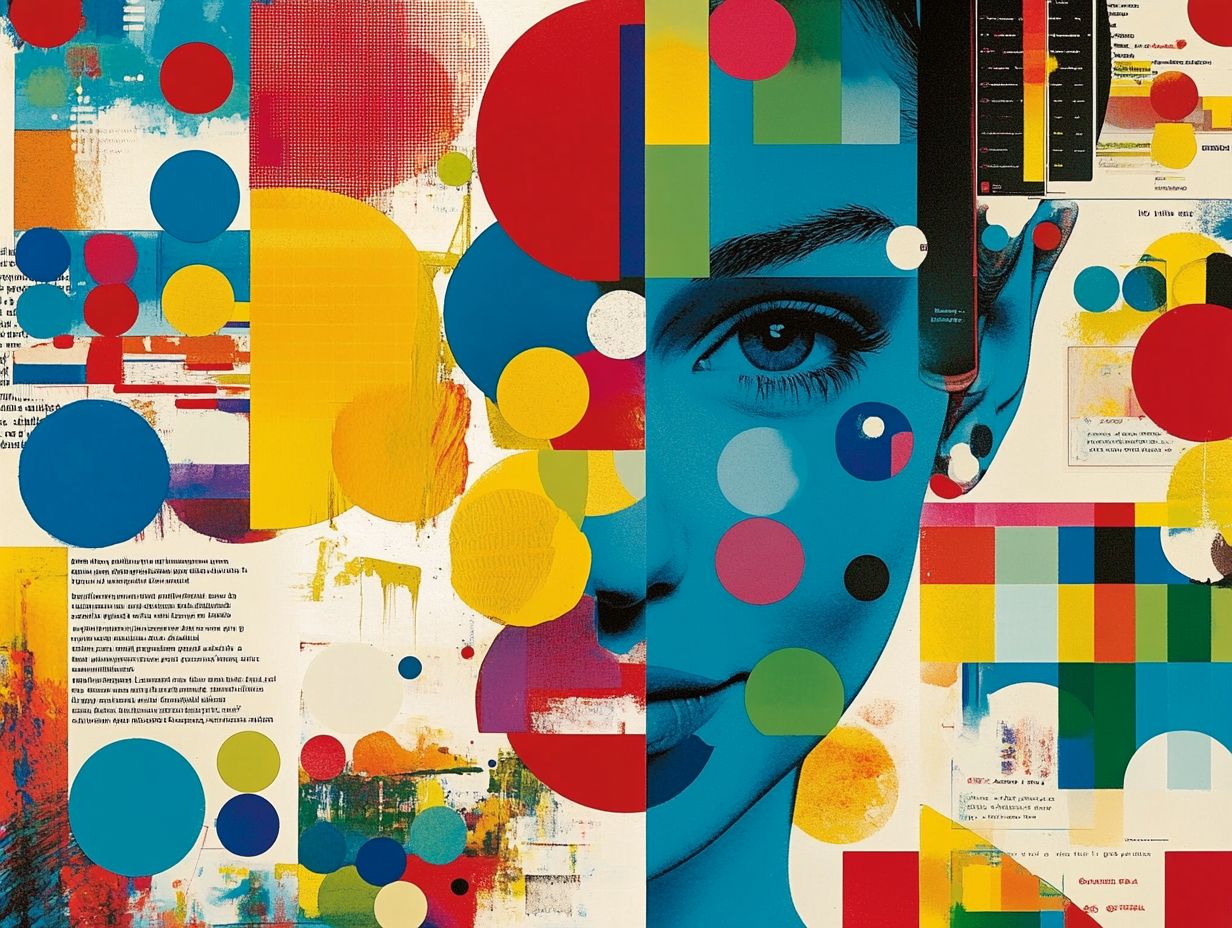
- Color is a powerful tool in marketing, as it can evoke emotions and influence consumer behavior. Understanding the science behind color psychology can help businesses create effective marketing strategies.
- Different colors have different effects on emotions and can vary in impact across cultures. Brands should carefully select colors that align with their messaging and target audience to create a strong brand identity.
- There are many common misconceptions about color psychology in marketing. It is important for businesses to debunk these myths and have a solid understanding of how color can be used to enhance their marketing efforts.
Understanding Color Psychology
Understanding color psychology is crucial for anyone engaged in marketing, branding, or design.
It unveils the subtle ways colors influence human behavior and emotional responses, shaping how consumers perceive brands.
By looking into color theory and branding strategies, you can craft impactful marketing campaigns that utilize specific color palettes to create an emotional bond with your audience. This approach not only drives consumer decisions but also enhances the overall effectiveness of your advertising efforts.
What is Color Psychology?
Color psychology delves into the profound ways colors shape human emotions and behaviors, offering valuable insights into the psychological effects they can exert on your decision-making processes.
By exploring this captivating field, you uncover that different colors elicit a wide range of emotional responses, significantly influencing how you perceive your surroundings and make choices.
For example, warm hues like red and orange can ignite feelings of excitement or urgency, which is why they often feature prominently in marketing strategies designed to stimulate appetite or prompt impulse purchases.
On the flip side, cooler shades such as blue and green inspire calmness and tranquility, making them ideal for environments meant for relaxation or contemplation.
It’s important to note that these color associations can vary across cultures, affecting emotional responses in diverse contexts. By examining these intricate relationships, you gain a deeper understanding of how thoughtfully selected colors can profoundly impact moods, behaviors, and, ultimately, your decision-making.
The Role of Color in Marketing
In marketing, color plays a pivotal role, as it has the power to enhance advertising effectiveness by influencing your perception and shaping brand identity through strategic color choices.
Take Coca-Cola, for example. Its iconic red not only grabs your attention but also stirs feelings of excitement and passion, forging a strong emotional connection with you as a consumer. Similarly, Dunkin embraces a vibrant orange, which exudes energy and enthusiasm, perfectly appealing to those seeking a quick pick-me-up.
These brands know that emotional branding goes beyond just looks; it’s a profound way that colors can evoke memories and feelings, ultimately fostering your loyalty. When you encounter these colors, your immediate associations lead to recognition and positive emotions, illustrating the significant impact that thoughtful color choices have on your response.
How Colors Affect Consumer Behavior
Colors wield a remarkable influence over consumer behavior, stirring emotional responses and forging associations that can profoundly affect purchasing decisions and brand loyalty across various cultural landscapes.
Understanding this dynamic can elevate your marketing strategy and deepen your connection with your audience.
Ready to transform your marketing strategy with color? Let s get started!
The Impact of Different Colors on Emotions
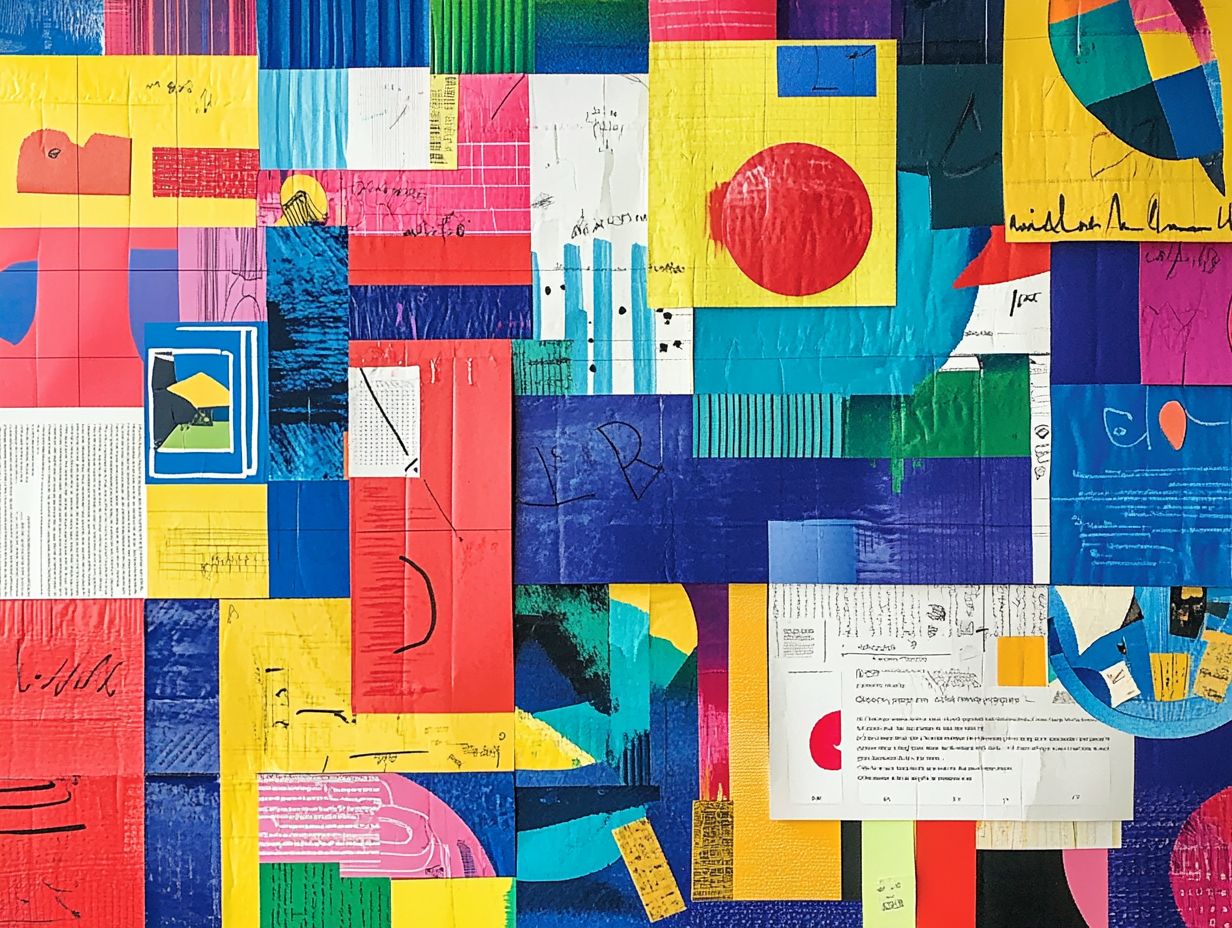
Different colors evoke distinct emotional responses. Warm hues like red and yellow often ignite excitement and warmth. In contrast, cool tones such as blue and green promote calmness and tranquility.
Understanding these psychological associations allows you to craft your marketing strategies with precision. For instance, red is often leveraged in fast-food logos to stimulate appetite and urgency. This tactic is brilliantly employed by popular chains like McDonald’s.
On the other hand, blue is favored by many tech companies think Facebook because it fosters trust and serenity among users. Meanwhile, green often represents growth and health, making it a top choice for brands in the organic product sector.
Use these color cues to spark emotions and drive consumer behavior. This can ultimately enhance your market appeal.
Color Preferences Across Cultures
Color preferences vary across cultures. Different societies attach unique meanings to colors, influencing consumer behavior.
For instance, white symbolizes purity in Western cultures, making it popular for weddings. In contrast, it signifies mourning in some Eastern cultures, leading to vastly different consumer attitudes toward products linked to this color.
Vibrant red, however, is often seen as a symbol of luck and festivity in countries like China, making it a popular choice for marketing campaigns during the lunar New Year.
Conversely, in many African nations, colors may reflect tribal identities and convey specific cultural narratives. This significantly impacts how local consumers engage with brands.
By grasping these cultural nuances, you can refine your marketing strategies to resonate more deeply with diverse audiences, boosting consumer engagement and loyalty.
Using Color Psychology in Marketing Strategies
Utilizing the strength of color psychology in your marketing strategies allows you to thoughtfully select brand colors that resonate with your target audience. This approach boosts emotional connections, making your brand unforgettable!
Strategies for Different Industries
Different industries can harness tailored marketing strategies that leverage color psychology. This allows you to influence consumer decisions and cultivate loyalty through effective branding.
For example, if you’re in the food and beverage sector, warm colors like red and yellow can stimulate appetite, driving impulse purchases.
If you represent a technology brand, sleek, cool tones like blue and silver convey trust and innovation, appealing to consumers who seek reliability in their devices.
In the fashion industry, you can tap into color trends to evoke specific emotions and inspire brand loyalty. By understanding and implementing these nuanced strategies, you can create compelling visual identities that resonate deeply with your target audience.
Creating a Strong Brand Identity with Color
Creating a strong brand identity starts with selecting a cohesive color palette that enhances visual appeal and forges an emotional connection with consumers. This ultimately boosts your branding effectiveness.
Consider how vibrant red, often associated with excitement and passion, is skillfully employed by brands like Coca-Cola to evoke feelings of joy and energy. In contrast, the calming blue hue used by companies like Facebook cultivates trust and reliability.
Thoughtful color choices play a crucial role in brand recognition, as seen with the iconic yellow of McDonald’s, designed to elicit feelings of happiness and friendliness.
By grasping the psychology behind colors, you can communicate your core values more effectively and resonate on a deeper level with your audience, ensuring a lasting impression in a competitive landscape.
Common Misconceptions About Color Psychology
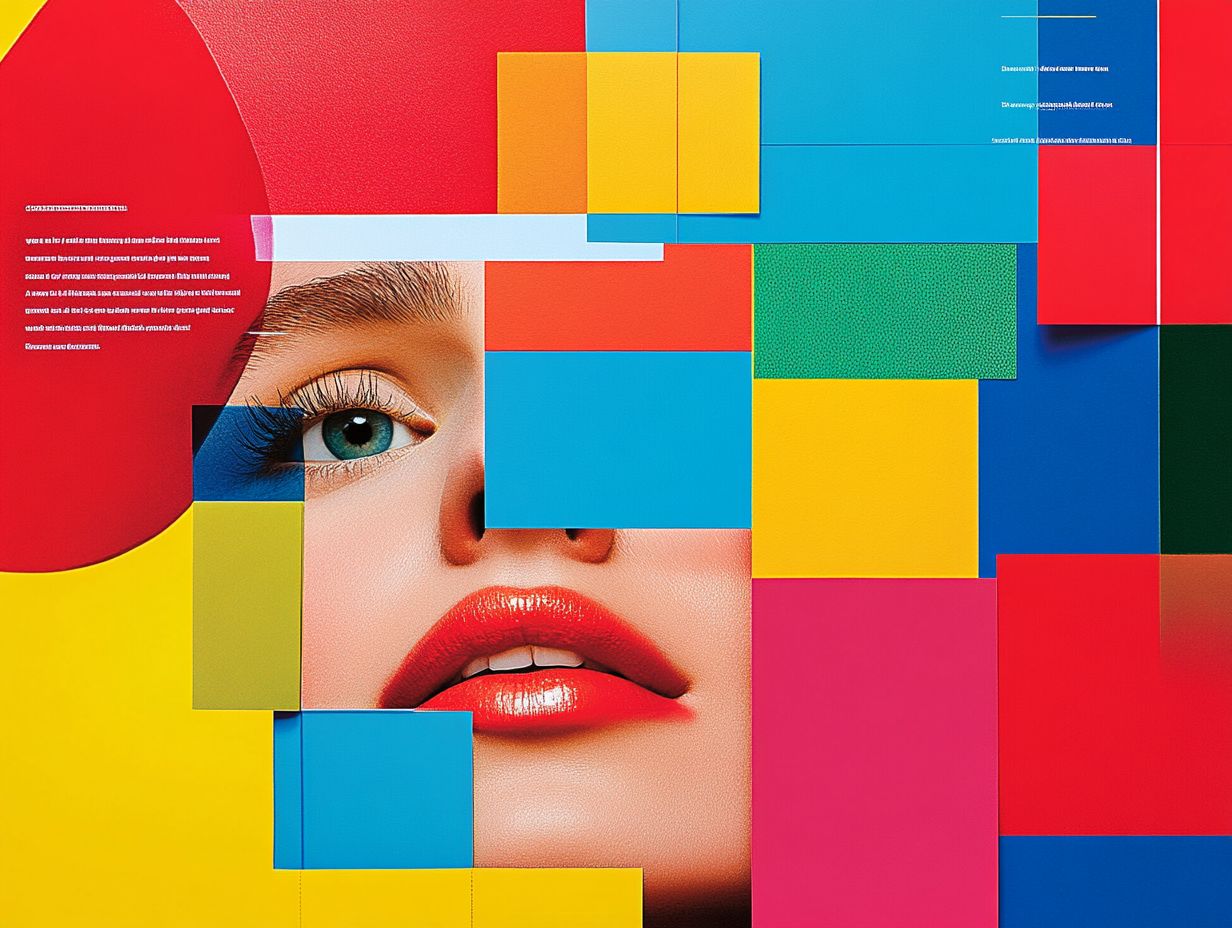
Despite its importance, you may encounter several common misconceptions about color psychology that can mislead you. These oversimplifications can distort the emotional responses that colors evoke and undermine their effectiveness in your marketing strategies.
Debunking Myths and Misunderstandings
One prevalent myth in color psychology is the belief that colors possess universal meanings. In reality, emotional responses to colors can vary significantly depending on cultural context and personal experiences.
This misconception can lead to misguided decisions when crafting branding strategies. For example, while red might evoke feelings of excitement and urgency in some cultures, it could signify danger or caution in others. Likewise, the calming effects often associated with blue may not resonate with everyone because personal associations and cultural significances play a significant role.
Understanding these nuances in color perception is essential for creating effective marketing messages that connect with diverse audiences. This highlights the need for research based on observation and experiment to tailor your color choices to specific demographic groups.
Future Trends in Color Psychology and Marketing
The future of color psychology in marketing is on the brink of innovation. Brands are diving into exciting new strategies and technologies that harness the power of colors to foster deeper emotional connections and enhance brand loyalty.
Innovative Uses of Color in Marketing
Innovative uses of color in marketing can revolutionize your visual design strategies. This enables you to forge emotional connections with consumers through dynamic color palettes and captivating visual content.
By weaving color psychology into your campaigns, you can evoke specific feelings and reactions that drive consumer behavior. Take, for example, a well-known fast-food chain that effectively employs a bold red and yellow scheme to stimulate appetite and create a sense of urgency, resulting in a significant boost in foot traffic during promotional periods.
On the other hand, luxury brands often favor muted tones like black and gold to convey sophistication and exclusivity, enhancing their luxurious allure. These strategic choices elevate brand recognition and cultivate loyalty, as consumers start to associate particular colors with distinct feelings and experiences, strengthening their emotional connections to your brand.
The Intersection of Technology and Color Psychology
The intersection of technology and color psychology is transforming how you approach marketing effectiveness. With advancements in digital design and data analytics, you can now tailor your color choices to align with audience preferences and behaviors.
Using sophisticated algorithms and machine learning tools, you can analyze vast amounts of consumer data to discern which colors resonate with specific demographics. This personalized approach allows you to craft unique visual identities that enhance brand recall and foster emotional connections.
Real-time feedback mechanisms enable you to continuously optimize your color schemes in marketing campaigns. This ensures they remain both relevant and impactful. By leveraging tools that track engagement metrics across various platforms, you can dynamically refine your strategies, harnessing the full potential of color psychology to captivate your audience exactly where they are.
Frequently Asked Questions
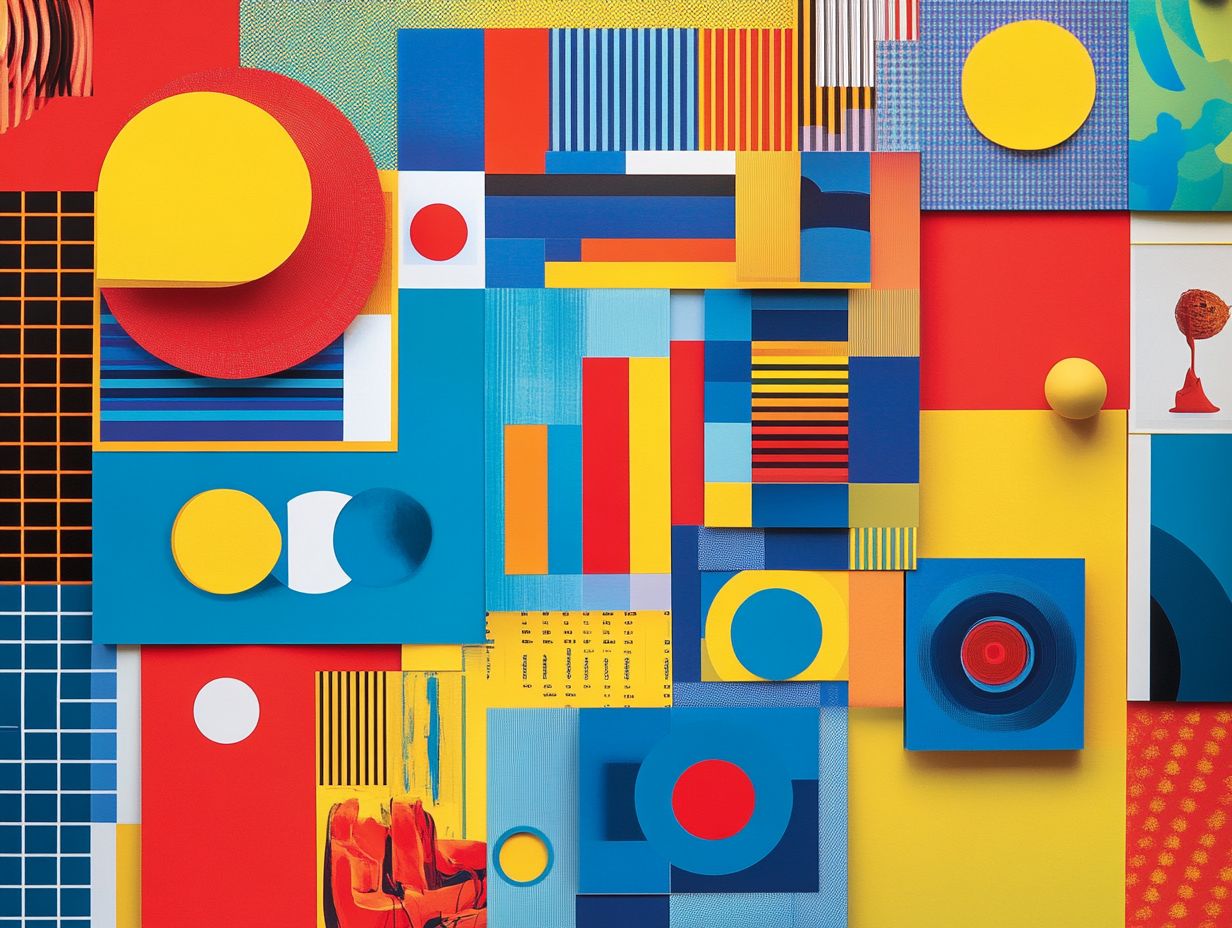
How does color psychology shape marketing strategies?
Color psychology in marketing is the study of how different colors can impact consumer behavior and decision making. It explores how certain colors can evoke specific emotions and influence purchasing choices.
How does color psychology affect marketing strategies?
Color psychology plays a crucial role in marketing strategies. It helps businesses understand how to use colors effectively to communicate their brand message and influence consumers in their buying journey. Different colors evoke different emotions and create a specific brand image.
To unlock the full potential of your marketing efforts, dive deeper into the world of color psychology!
What are some common associations with colors in marketing?
Red is often associated with excitement and urgency.
Blue is associated with trust and reliability.
Yellow is commonly linked to happiness and positivity.
Green is frequently associated with nature and health.
- Red: Excitement and urgency
- Blue: Trust and reliability
- Yellow: Happiness and positivity
- Green: Nature and health
These examples show how colors can have different meanings. Color associations usually depend on cultural and personal experiences.
How can colors be used to target a specific audience?
Understanding your audience’s preferences is crucial for effective marketing! Colors can be used to target a specific audience by considering their demographics, which refer to data about a group s age, gender, and lifestyle, as well as their cultural background and psychological preferences.
Bright and bold colors often appeal to a younger audience. Muted and pastel colors frequently attract a mature audience.
Is there a universal meaning to colors?
No, colors can spark unique feelings and thoughts based on culture and personal experiences! Different cultures and individuals may have varying associations with colors. It is essential for businesses to consider their target audience and conduct market research before choosing colors for their marketing campaigns.
Are there any rules for using colors in marketing?
While there are no strict rules for using colors in marketing, businesses should consider the context and purpose of their marketing materials.
For example, a restaurant may use warm and inviting colors to create a cozy atmosphere. In contrast, a technology company may opt for sleek and modern colors to convey innovation and sophistication.




